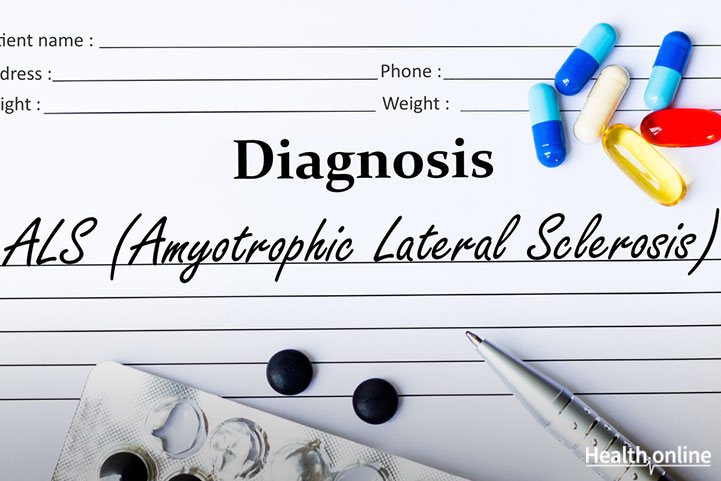
Diagnosis & Treatment of ALS
Diagnosis of ALS is very difficult because the symptoms can mimic a multitude of neurologic diseases. In the early stages, it is basically a diagnosis of exclusion.
The World Federation of Neurology has developed a method to diagnose ALS that combines clinical diagnosis with electrophysiologic findings. After life-threatening or other neurological causes have been ruled out, there are certain guidelines to follow when diagnosing the patient.
Clinically definite ALS requires that there be signs of upper motor neuron (UMN) and lower motor neuron (LMN) dysfunction in at least 3 different body segments. If this is present then it can be said that ALS is a definite diagnosis. If UMN and LMN dysfunction is only in 2 body segments then the diagnosis of ALS is clinically probable.
When UMN and LMN dysfunction is present in at least 1 body segment or UMN dysfunction in 1 area with LMN signs observed on EMG in at least 2 limbs, along with lab-supported signs of ALS, then there is a probability of ALS.
Clinically possible ALS is another diagnosis type that occurs when there is; UMN and LMN signs in 1 body segment, UMN signs in at least 2 segments alone, or LMN signs in areas above the UMN. Clinically suspected ALS is solely LMN dysfunction after other causes of LMN dysfunction have been ruled out.
The way that ALS is diagnosed is difficult, but utilizing electrodiagnosis can help to make the appropriate diagnosis. One hallmark association with ALS is that during electrodiagnosis, the results will show normal afferent (sensory) nerve conduction with abnormal efferent (motor) nerve conduction and reduced motor compound muscle contractions (action potentials).
If genetic association or hereditary is the suspected cause of ALS, then genetic testing is appropriate for further diagnosis. Genetic testing of the following genes can aid in the diagnosis of ALS: SOD1, TARDBP, FUS, ANG, C9orf72 and FIG4. Further evaluation may be required by a specialist who focuses on ALS diagnoses.
Treatment of ALS:
There is no cure for ALS at this time. Research is being diligently conducted to hopefully develop a cure for this devastating disease. The main treatment focus at the time is on disease progression prevention and treating the symptoms.
The American Academy of Neurology recommends for ALS management that all patients be offered the medication Riluzole. Riluzole is a pharmaceutical drug that slows the progression of the disease process. It does so by decreasing glutamate levels. There are side effects with all medications, so please discuss the risks/benefits before adding any new medication to your treatment plan.
Other types of management available include treating the associated symptoms. For example, if the patient is having difficulty swallowing and consuming food/water, then the patient should seek intervention by insertion of a feeding tube (PEG tube) so that the patient can receive appropriate nutrition and hydration. If the patient is experiencing difficulty breathing, then a CPAP/BiPAP may be initiated or mechanical ventilation may be necessary. It is recommended by the American Academy of Neurology that creatine and high-dose vitamin E not be utilized in the treatment of ALS patients.
Other medications may be used to alleviate some of the symptoms. Muscle relaxants may be utilized for muscle spasticity. Nuedexta is often recommended for treatment of pseudobulbar affect. Mucolytic medications can be utilized for increased thickened muco-secretions.
Medications such as Lorazepam may be utilized for anxiety. If depression is suspected, then including SSRIs in the treatment plan may be appropriate. NSAIDs and opiates may be required for pain relief.
Clinical studies continue to be performed to develop new and improved medications that will slow the progression of, or even cure ALS. At this point, the management is limited to supportive care and slow disease progression. Please speak with your healthcare provider to determine the appropriate treatment plan for your individual case.




